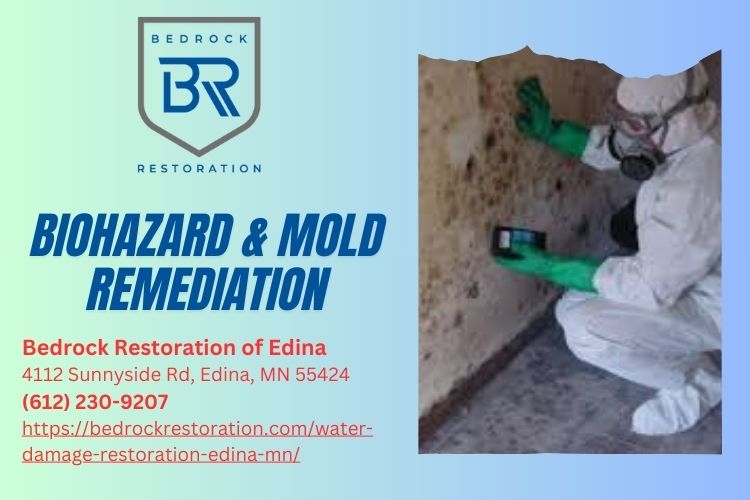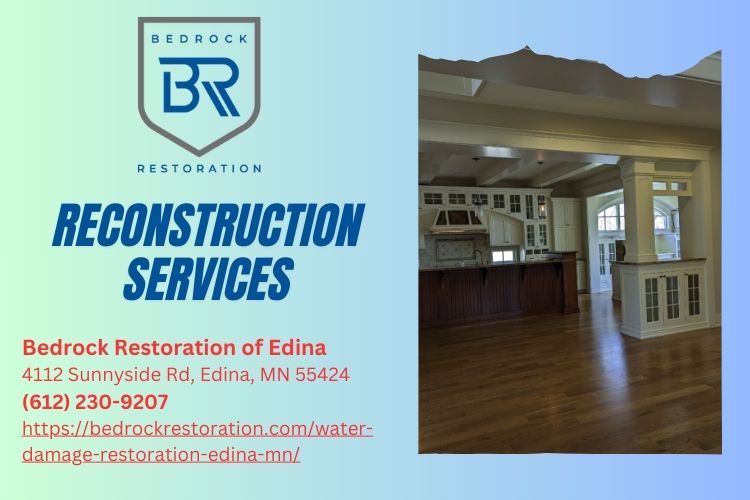Water damage is a serious concern for homeowners and property managers alike. Often, the signs of water damage can be subtle and easily overlooked until it becomes a major issue. Early detection is crucial to prevent extensive damage and costly repairs. In this article, we will explore how to identify signs of water damage before it's too late and what steps you can take to address these issues promptly.
Understanding Water Damage
What Is Water Damage?
Water damage refers to the destruction caused by unwanted water intrusion into a structure. This can occur due to leaks, flood events, or even humidity. The effects can be devastating, leading to structural issues, mold growth, and health risks.
Types of Water Damage
Clean Water Damage: Originates from a clean source like broken water supply lines. Grey Water Damage: Comes from appliances like dishwashers or washing machines. Black Water Damage: Contains harmful contaminants from sewage or floodwaters.Common Causes of Water Damage
Roof Leaks
A damaged roof can lead to significant water intrusion during storms. Regular inspections are crucial for early detection.
Plumbing Failures
Burst pipes and leaky fixtures are common culprits of water damage in homes.
Foundation Issues
Cracks in the foundation can allow groundwater to seep into basements or crawl spaces, leading to moisture buildup.
How to Identify Signs of Water Damage Before It’s Too Late
Identifying signs of water damage early on is key to effective prevention and restoration. Here are some indicators you should look out for:
Visual Inspection
Stains on Walls and Ceilings
Look for discolored spots that may indicate leaks behind walls or ceilings.
Peeling Paint or Wallpaper
Bubbling or peeling paint can signal moisture accumulation beneath the surface.

Warped Floors
If your flooring seems uneven or sagging, it might be due to underlying water issues.
Odor Detection
Mold Smell
A musty odor often suggests mold growth, which thrives in damp conditions.
Chemical Odors
Unusual smells may indicate problems with plumbing systems or building materials compromised by moisture.
Physical Indicators
Increased Humidity Levels
Use a hygrometer to measure indoor humidity; excessive levels could suggest hidden leaks.
Condensation on Windows
Persistent condensation may indicate high humidity due to inadequate ventilation or hidden moisture sources.
The Importance of Professional Assessment
While it’s essential for homeowners to be vigilant in identifying signs of water damage, professional assessments can provide peace of mind.
Why Hire Water Damage Restoration Services?
- They possess specialized equipment for detecting hidden moisture. Experts provide comprehensive evaluations that cover all potential problem areas. Experienced professionals know how to handle hazardous materials safely.
Finding Reliable Water Damage Restoration Companies Near Me
When searching for restoration companies, consider these factors:
- Look for companies with certifications from organizations like the Institute of Inspection Cleaning and Restoration Certification (IICRC). Read customer reviews and testimonials. Ask about their experience with similar projects in your area.
Preventative Measures Against Water Damage
Taking proactive steps can save you from future headaches related to water damage:
Maintain Your Roof Regularly
Inspect your roof at least twice a year—more often if you live in an area prone to severe weather conditions.
Check Plumbing Fixtures Periodically
Examine pipes and appliances regularly for leaks; don’t wait until it’s too late!
Install Proper Drainage Systems
Ensure that gutters and downspouts direct water away from your foundation effectively.
Responding Quickly When You Detect Signs of Water Damage
If you notice any signs of water damage, quick action is necessary:
Turn off the main water supply if necessary. Remove any belongings from affected areas. Contact a reputable water damage restoration service immediately.FAQs About Water Damage Identification
1. What are the first signs of water damage?
The first signs usually include stains on walls or ceilings, peeling paint, musty odors, and warped flooring.
2. How do I detect hidden water damage?
Using moisture meters and thermal imaging cameras can help detect hidden leaks behind walls or beneath floors that may not be visible through visual inspection alone.
3. Can I handle minor water damage myself?
For minor cases such as small leaks, DIY methods may suffice; however, professional help is recommended if there’s extensive growth of mold or structural concerns involved.
4. How often should I check my home for potential water damage?
It's wise to conduct inspections at least bi-annually and after severe weather events like heavy rainstorms or snowmelt seasons.

" width="560" height="315" frameborder="0" allowfullscreen>
5. What should I do if I find mold growing due to water damage?
It’s best not to disturb mold yourself; contact a professional who specializes in mold remediation along with addressing the source of moisture causing it.
6. Does homeowner's insurance cover water damage?
Coverage varies by policy—check with your insurance provider regarding specifics related to types of damages covered under your plan.
Conclusion
Identifying signs of water damage before it's too late is crucial for any homeowner looking to protect their investment and maintain a safe living environment. By being vigilant about visual indicators, odors, physical changes in your home, engaging in regular maintenance practices, and knowing when it’s time to call in professionals such as Bedrock Restoration of Edina—a trusted name among local water damage restoration companies—you’ll greatly reduce the risk associated with this pervasive issue. Remember that taking action swiftly when you suspect any form of leakage Water Damage Cleanup could save both time and money in the long run!
Contact Us
Bedrock Restoration of Edina
Address: 4112 Sunnyside Rd, Edina, MN 55424, United States
Phone: (612) 230-9207